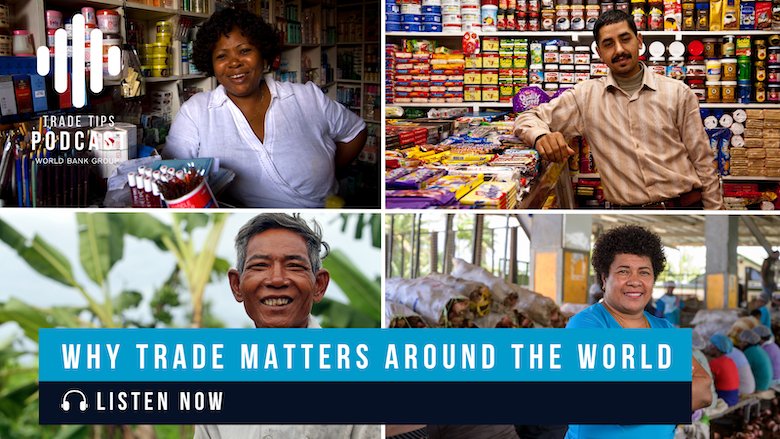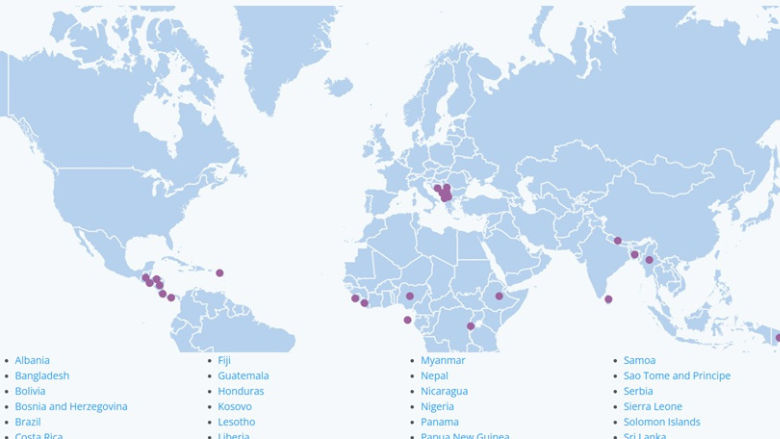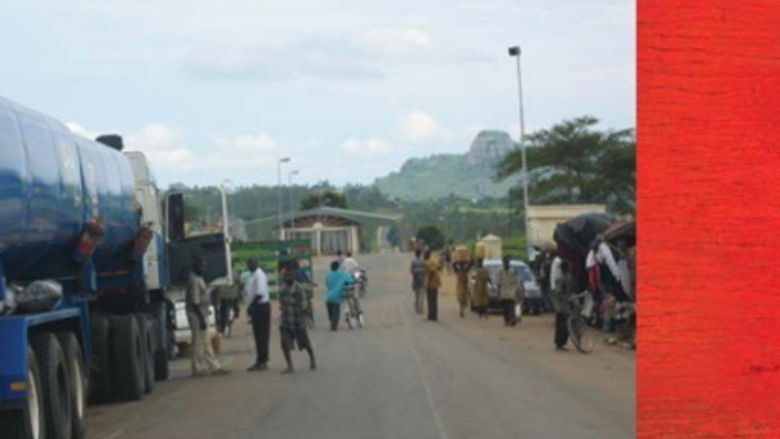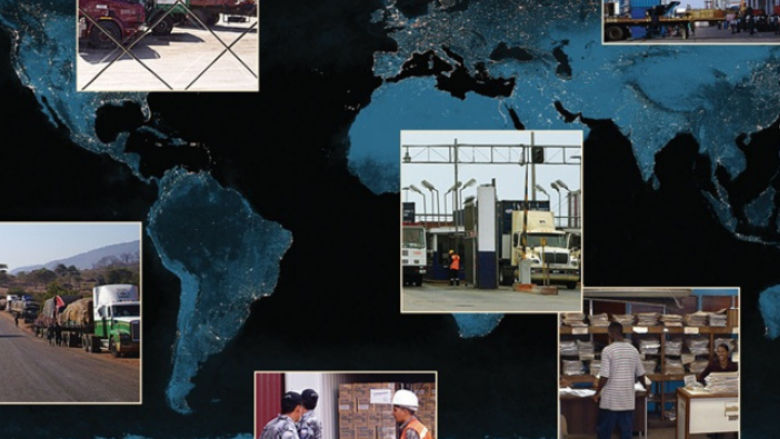Efficient trade is a cornerstone of economic development. Yet, complex border procedures, inefficient logistics, and outdated infrastructure create barriers that slow trade, increase costs, and limit opportunities—especially for developing countries.
ľ��ӰԺ works with governments and partners to streamline trade processes, strengthen logistics networks, and improve border coordination and management, ensuring that goods move faster, cheaper, and more predictably. Through targeted reforms, digital transformation, and cross-border cooperation, we help countries unlock trade potential, attract investment, and drive economic growth.
Our Approach: Smarter, More Efficient Trade
Trade facilitation and logistics is about making trade faster, easier, and more cost-effective. Guided by our mission to reduce poverty and boost shared prosperity, the World Bank works with governments and businesses to improve trade efficiency.
Our work focuses on three key areas:
1. Enhancing Trade Facilitation, Customs Reform, and Border Management
Well-functioning borders reduce delays and trade costs. Since 2014, the World Bank’s Trade Facilitation Support Program (TFSP) has helped 58 countries implement over 283 (TFA) measures, resulting in:
✅ 21% reduction in trade times
✅ $108.7 million in private-sector cost savings
✅ Harmonized regulations and improved compliance
2. Improving Connectivity
Trade depends on strong infrastructure, digital solutions, and regional integration. We help countries identify bottlenecks, invest in smart logistics, and adopt emerging technologies to enhance market access and streamline supply chains.
3. Strengthening Logistics
Efficient logistics reduce costs and boost competitiveness. Through technical assistance and digitalization, we support countries in measuring and increasing logistics performance, lowering logistics costs, and enhancing transport and supply chain efficiency.








